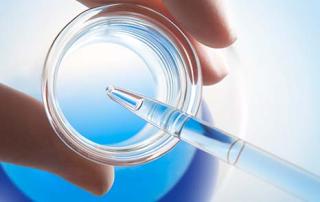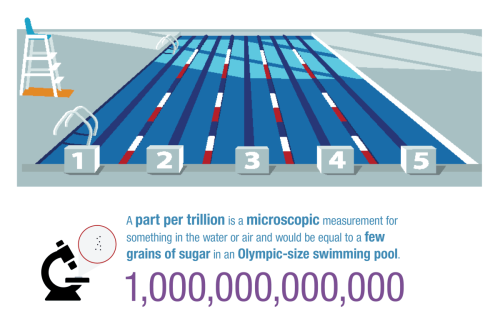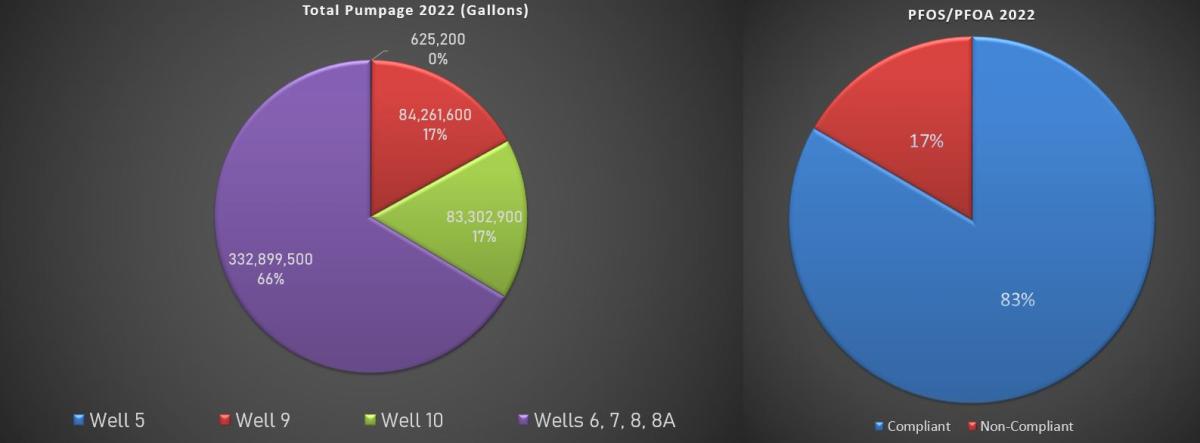PFOA/PFOS Information

What are PFOA and PFAS?
Perfluorotanoic Acid (PFOA) and Perfluorooctanesulfonic Acid (PFOS), along with Perfluoronoanoic Acid (PFNA), are chemicals within a larger class of chemicals known as Per- and polyfluoroalkyl substances (PFAS).
PFOA and PFOS do not occur naturally. They are man-made chemicals that have been used to make carpets, clothing, fabric for furniture, paper packaging for food, and other materials (such as non-stick cookware) that are resistant to water, grease or stains. They are also used for firefighting at airfields and in a number of industrial processes. Through one means or another, they have penetrated into the deep underground aquifer from which Oakland draws its water, most likely from industrial charges.
Due to recent New Jersey Department of Environmental Protection (DEP) rules, many water utilities throughout the state, including the Borough of Oakland, will be required to install new treatment processes to eliminate these chemicals that are found in their source water. Other nearby utilities affected include Ridgewood, Garfield, Waldwick, Ho-Ho-Kos, and the Passaic Valley Water Commission.
What are the Health Risks?
Click here for information on potential health risks.
The new DEP “Maximum Contaminant Levels” (MCLs) is 14 parts per trillion (ppt) for PFOA and 13 parts per trillion (ppt) for PFOS.
The USEPA interim updated Health Advisory for PFOA is 0.004 parts per trillion (ppt), and the interim updated Health Advisory for PFOS is 0.02 parts per trillion (ppt).

Note: 1 ng/L = 1 part per trillion (ppt), and would be the concentration of one drop split among 20 Olympic-sized swimming pools
DEP has said that neither PFOA nor PFOS are deemed an acute contaminant, and the notice issued by the DEP is NOT deemed a “do not drink” order.
FAQ's:
How much PFOA and PFOS is there in Oakland Water?
PFOA levels range from 18 to 27 nanograms per liter (= parts per trillion), depending on the dates and points of entry* tested from 2020 to 2021 (*where treated water enters the system).
PFOS levels range from 3 to 24 nanograms per liter (= parts per trillion), depending on the dates and points of entry* tested from 2020 to 2021 (*where treated water enters the system).
1 nanogram per liter (= part per trillion) is the concentration of a single drop apportioned among 20 Olympic-sized swimming pools.

Do I receive water from Well 5 and/or Well 10?
All seven (7) wells that are located in the Borough of Oakland blend together in the distribution system. This means, no matter where you are located, there is a potential that you receive a blend of the seven (7) wells.
Other Information:
- Boiling water does NOT remove or neutralize PFOA or PFOS.
- No home filter or filtering system is certified by the DEP at this time for removing PFOA or PFOS from drinking water. The NJ Department of Health advises that SOME granulated activated carbon filters or reverse osmosis filters can reduce the level of PFAS in drinking water. The Borough cannot make recommendations on products.
- Bottled water is not regulated nor tested for PFOA, PFOS or other contaminants as is done for public drinking water.
- Pursuant to NJDEP regulations, the Borough of Oakland will re-issue a notice quarterly until regulatory MCLs are reached via treatment.
Other Resources:
- NJ Department of Health Water Facts on PFAS
- NJ Department of Environmental Protection PFAS Website
- US Environmental Protection Agency – Per- and Polyfluoroalkyl (PFAS) Substances
- US Centers for Disease Control and Prevention – Per- and Polyfluoroalkyl (PFAS) Substances and Your Health
- The Public Health and Safety Organization – Search for NSF Certified Drinking Water Treatment Units, Water Filters
- NJDEP PFAS Informational Seminar
Public Notices:
- November 5, 2021
- January 10, 2022
- April 25, 2022
- July 8, 2022
- September 27, 2022
- January 20, 2023
- March 29, 2023
- January 17, 2024
- March 1, 2024
- April 11, 2024

